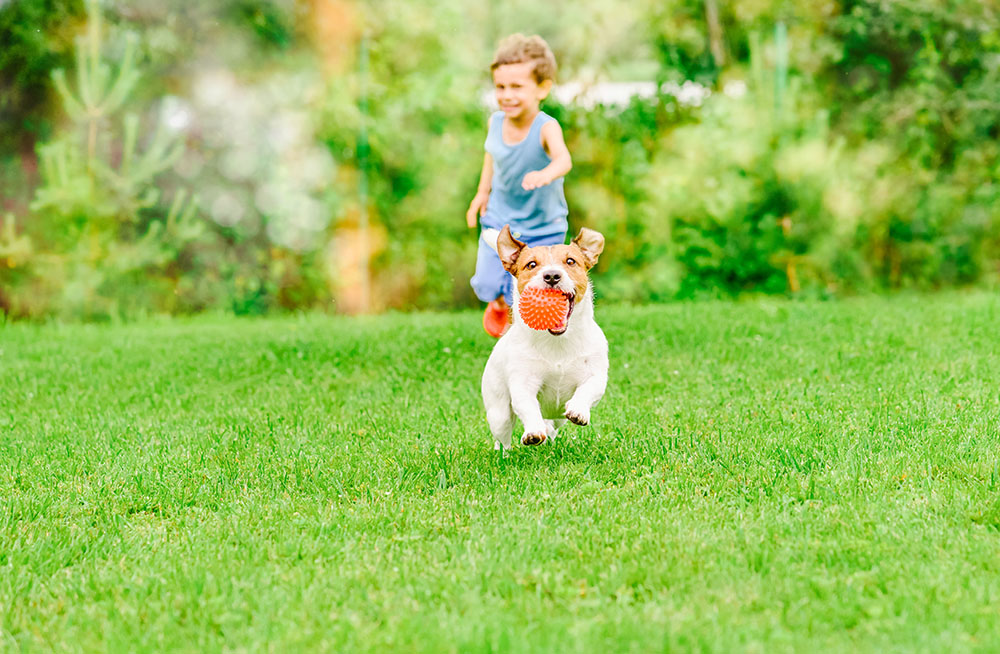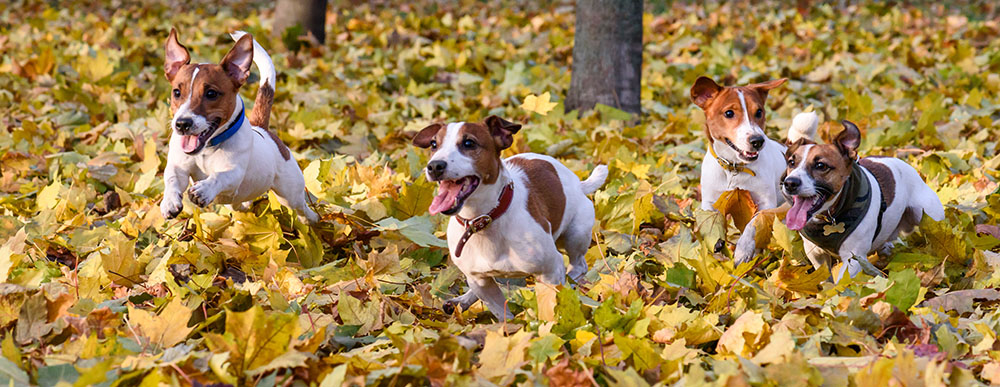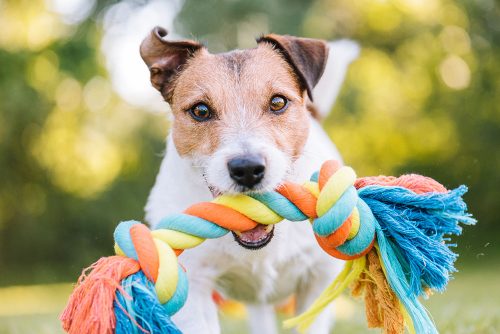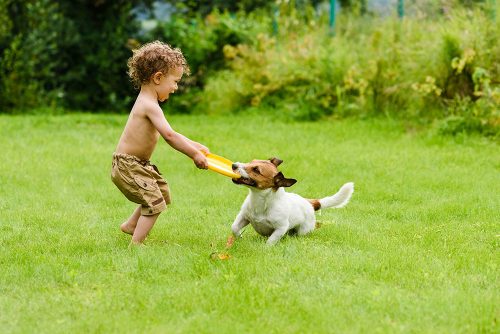
Exercising routines vary from one dog type to another; your neighbor may take out their dog for a 15 minutes’ walk or your friend may take his dog for a swim occasionally. This is because every dog breed and age require different exercising routine to stay fit and healthy.
But it could not be stressed more that every dog (be it a pup or an older canine with stiff joints) needs to exercise daily. Proper exercise has a significant effect on the mental health and physical state of your dog. Insufficient exercise may cause obesity in some dogs, while others may develop irksome and frustrated behaviors. Productive exercises help tone the muscles of the dog’s body while the brain and the metabolism function appropriately. Mental stimulation is crucial for your dogs and a correct routine comprising of different physical and mental activities can help accomplish it.
How Much Does Your Dog Need To Exercise?
Puppies
If you own a pup, you need to understand the fact that puppies have immense energy which wears out considerably quick. So shorter lapses of exercise are required, since the pups sleep most of the times to replete their energy levels. A five to fifteen minutes of exercise is enough for your puppy which mostly comprises of normal playing. This also helps you bond better with your pet.
Adult dogs
Types of exercises and their time period vary from breed to breed. The energy levels specific to a breed determine how thorough an exercise needs to be. More active dogs require an hour or two for daily exercises, and may require rigorous workouts like running, playing with other dogs or going hiking. Balancing exercises are also very popular among pet owners. Active dogs include hunting and herding breeds like, hounds, shepherds, terriers, and retrievers.
Less active breed types like, toy breeds (Maltese and Chihuahuas), giant breeds (Newfoundland and Mastiffs), and pugs and French bulldogs require lesser strict routines. A walk for 30 to 60 minutes is pretty sufficient for your adult canine.
Older Dogs
If your dog has aged greatly, or perhaps she has stiff joints due to arthritis, it is advisable to consult your vet regarding joint supplements and how best to get the dog fit for regular exercises. Swimming is a great alternative to walking as it may affect less strenuously.
It’s always best for your dog to be happily tired rather than exhausted at the end of the day!
Things to Consider
Always begin with an easier and relaxed approach when devising an exercise plan for your dog. It cannot be stressed more to consult your veterinarian for professional help while keeping your dog’s medical history in light. Leisurely warm-ups are very important before you start on the actual exercise.
Another thing to importantly consider is mental stimulation to boost your dog’s mental health and wellbeing significantly. You can engage your dogs in puzzle toys or other games like hide-and-seek. It is very sensible to take new paths while walking your dog, or going to other newer parks in your area to enhance your dog’s learning skills.
There’s no need to pressurize your dog or start with a rigid program. If you live with a family, let other family members take care of the dogs too by taking turns or dividing the workload. This will also help everyone to bond together much better.







